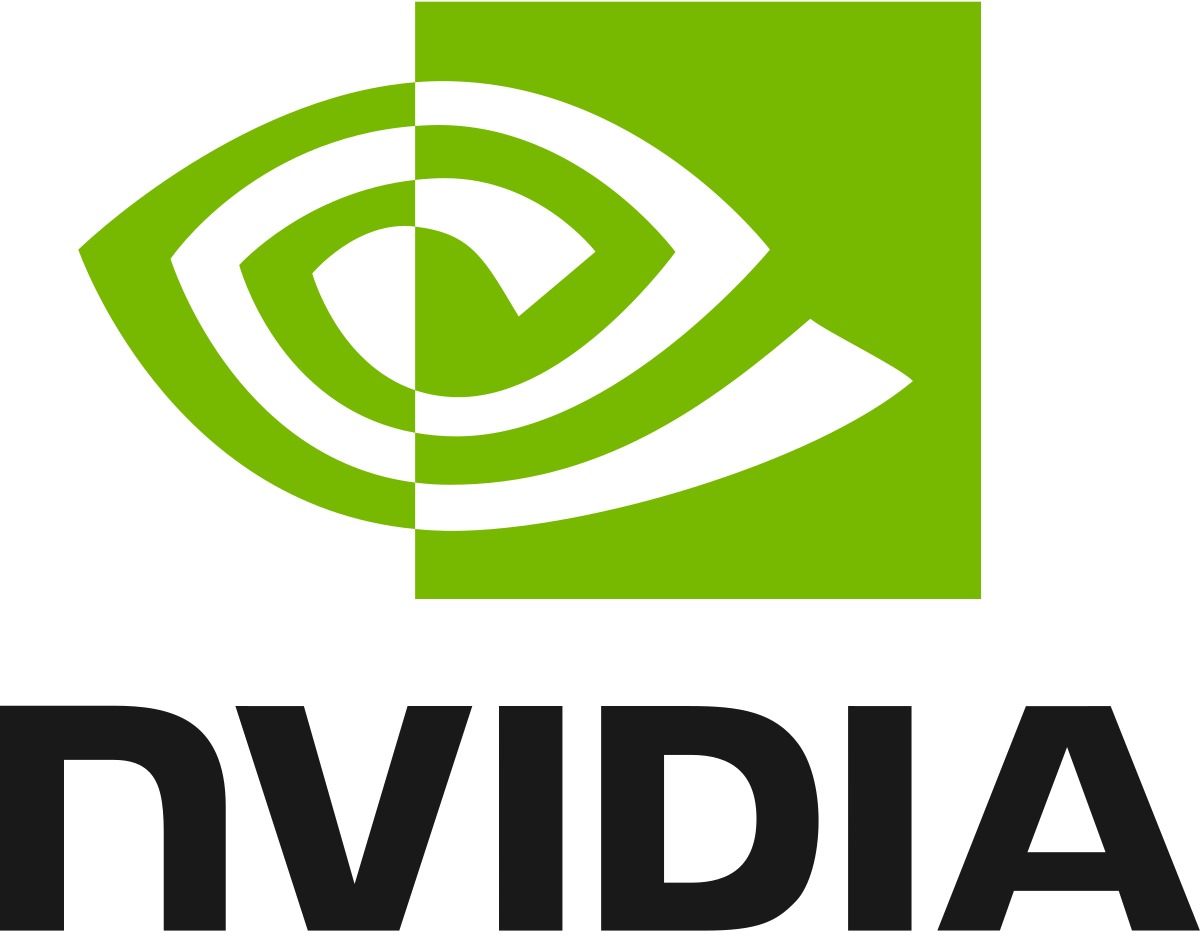We put several Quadro video cards to the test in Autodesk Inventor 2020.2, using Inventor Bench, to see if there is a benefit to having a higher performance GPU in this application.


We put several Quadro video cards to the test in Autodesk Inventor 2020.2, using Inventor Bench, to see if there is a benefit to having a higher performance GPU in this application.

We put several Quadro video cards to the test in Autodesk Revit 2020.2, using RFO Benchmark, to see if there is a benefit to having a higher performance GPU in this application.

NVIDIA does not consider dual NVLink – using two pairs of cards, each connected via a NVLink bridge and enabled via SLI – to be a supported configuration with GeForce cards in Windows, but some driver releases do allow it to function. This article will look at how to get that working, if you really must have it, and why we are not offering it on our workstations here at Puget Systems.

With the recent release of SOLIDWORKS 2020’s first service pack, we thought it would be a good time to do a roundup of NVIDIA Quadro video card performance with regards to modeling in SOLIDWORKS.

Pix4D is an advanced photogrammetry application, suited to a wide range of uses, with a focus on handling images captured by drone cameras. Processing of those images into point clouds and 3D meshes/textures is time-consuming, heavily using a computer’s CPU and GPU. We have recently updated our benchmark tools for Pix4D, and now are taking a look at how different NVIDIA video cards perform in this program.

PhotoScan makes use of the video cards in a computer to assist with the computation of certain steps. As such, the model of video card used can have an impact on the amount of time those steps take. In this article, we take a look at the GeForce RTX 2000-series – based on NVIDIA’s Turing GPU architecture – to see how they compare to each other.

PhotoScan makes use of the video cards in a computer to assist with the computation of certain steps. As such, the model of video card used can have an impact on the amount of time those steps take. In this article, we take a look at AMD’s Radeon line – including the Vega 64 and 56 – and see how they stack up to NVIDIA’s GeForce 1000-series.

PhotoScan makes use of both the CPU and GPUs (video cards) in a computer, during different steps of the photogrammetry workflow. One of the configuration options within this program also allows the CPU to be utilized during steps that are primarily performed on the GPU – and it is enabled by default. However, we have found in our testing that this option usually hampers performance more than it helps!

PhotoScan makes use of the video cards in a computer to assist with the computation of certain steps. As such, both the model of video card used and the number of GPUs present in a system can have an impact on the amount of time those steps take. In this article, we take a look at how multiple GeForce GTX 1080 Ti cards scale in performance across a few different CPU platforms.

PhotoScan makes use of the video cards in a computer to assist with the computation of certain steps. As such, the model of video card used can have an impact on the amount of time those steps take. In this article, we take a look at the GeForce 1000-series – based on NVIDIA’s Pascal GPU architecture – to see how they compare to each other.